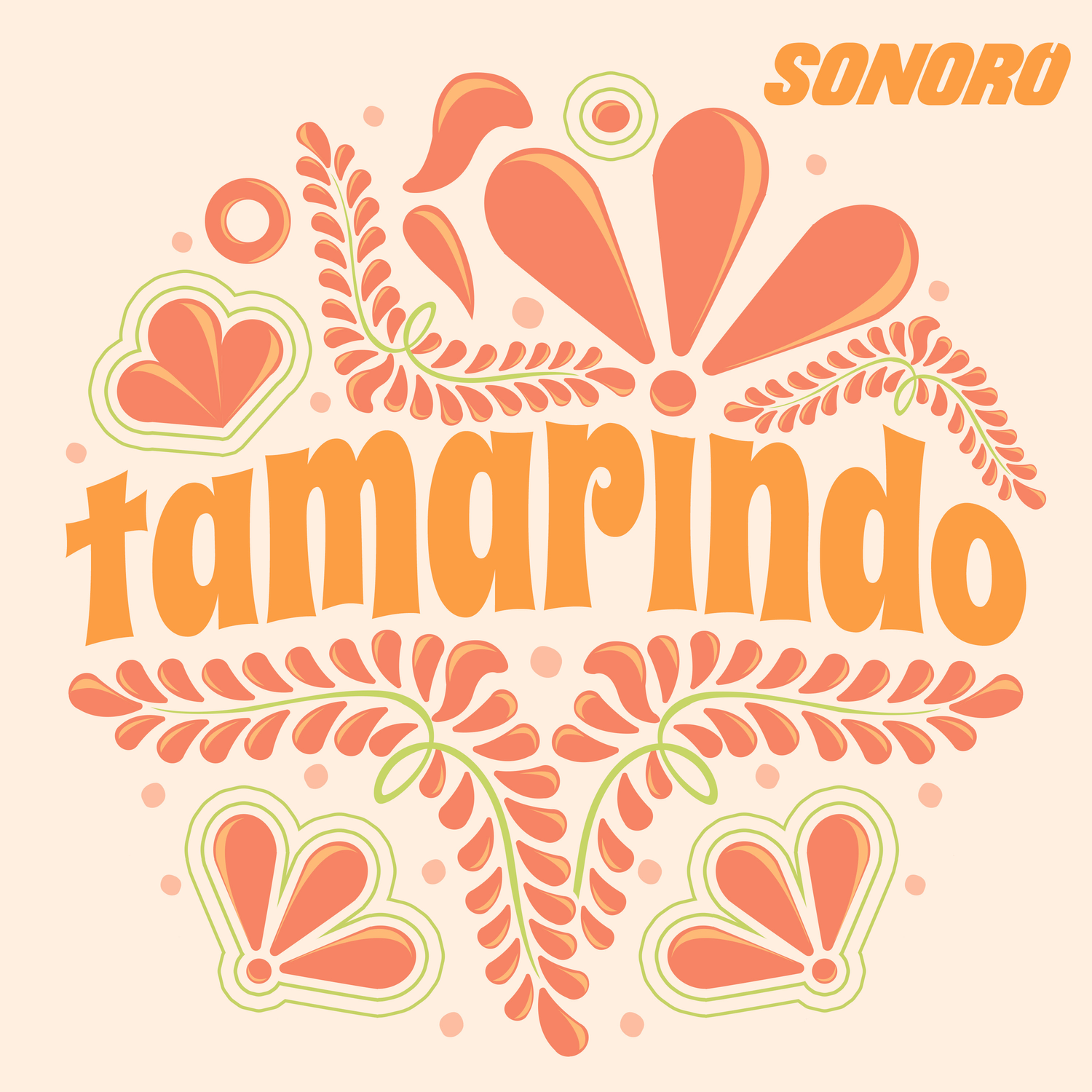Self-Publishing is Our Tool to Fight Anti-Blackness in Children’s Books
Literature is a powerful tool that can help create understanding and empathy for children with different cultures and backgrounds. Unfortunately for children who are Black, indigenous and people of color (BIPOC), this powerful tool is utilized to normalize the white experience and center white children as superior to other races and ethnicities. Gatekeepers in the publishing industry have guarded a system that is rooted in white supremacy and colonialism, helping perpetuate anti-Blackness sentiments in communities of color while effectively denying access to BIPOC children to stories that reflect and celebrate their culture.
“76% of the publishing industry identified itself as white,”
76% of the publishing industry identified itself as white, as revealed by a survey conducted by independent book publisher Lee & Low Books in 2019. These are the people who make decisions on which stories are amplified and which stories get shut out of the process, and often, diverse stories don’t make the cut. When a BIPOC child opens a picture book, most times they don’t see themselves or their communities represented. In the case that they do, they are often exposed to stereotypes and negative portrayals of the world they see around them.
This kind of underrepresentation impacts the child’s development by creating feelings of inferiority to those who they see written about the most according to a 1973 report on Children’s Books and Racism (Latimer). The message is clear—they are invisible.
Children’s literature is another tool in white supremacy’s toolbox to systemically expose and enforce white supremacy to children from a young age. Lack of diversity in the books BIPOC children read have adverse impacts on how they view and value themselves, making it more digestible for them to accept anti-Blackness propaganda in our society and institutions.
How can we resist this? We take control of our stories.
The growth of self-publishing platforms and the rise in demand for self-published titles have dramatically changed who is granted access to publish their stories. No longer do you need the backing and the acceptance of corporate publishers to publish a book. There are many tools out there today that make self-publishing a very viable and legitimate publishing option. Print-on-demand services have made it possible for independent writers to get their picture books in front of an underserved and underrepresented young audience.
“Self-publishing grants BIPOC writers who were once rejected by corporate publishers the freedom to write stories that relate and celebrate the experience of BIPOC children.”
Self-publishing grants BIPOC writers who were once rejected by corporate publishers the freedom to write stories that relate and celebrate the experience of BIPOC children. Writers with diverse stories are now able to bypass gatekeepers and create characters with different backgrounds. They can create characters that wear the same clothing, eat the same food and speak the same language BIPOC children speak at home. Writers have the freedom to publish stories that celebrate different hair textures and different skin tones which help combat the damaging effects colorism inflicts in our communities. By using the power of language and representation to show the beauty of our people, we fight back against European standards of beauty, standards that cause great pain for children of color and pain that follows them well into adulthood. With self-publishing, language is now our tool against oppression and self-hatred. The access has been granted.
Books have the power to influence and shape a whole generation. Because of this power, the publishing world has historically denied access to writers who did not fit their mold. Thanks to the rise of the self-publishing industry, we can now control our narrative and no longer have others speak for us. Podemos crear historias que celebran lenguajes diferentes and feel true to our experiences as bilingual speakers in this country. We can use language to heal from self-hatred that colorism causes in our children and communities. Our language is our tool to shield BIPOC children against the anti-Blackness messaging they face every day in schools, media, politics, their community and society at large. The time is now.
